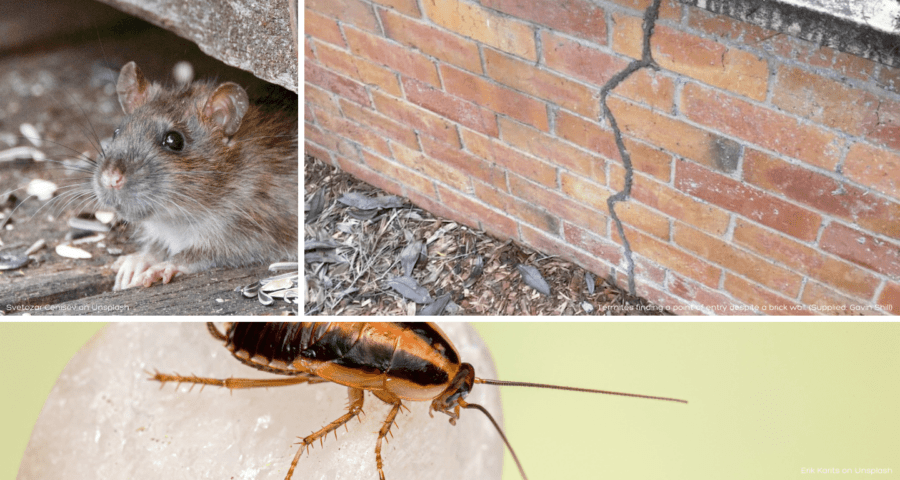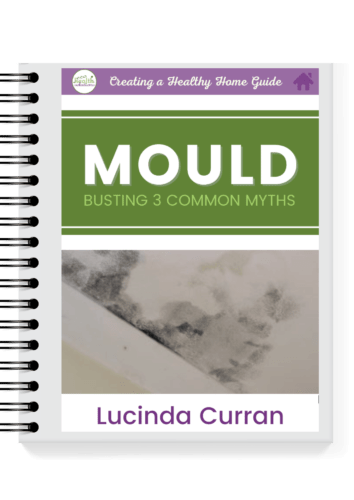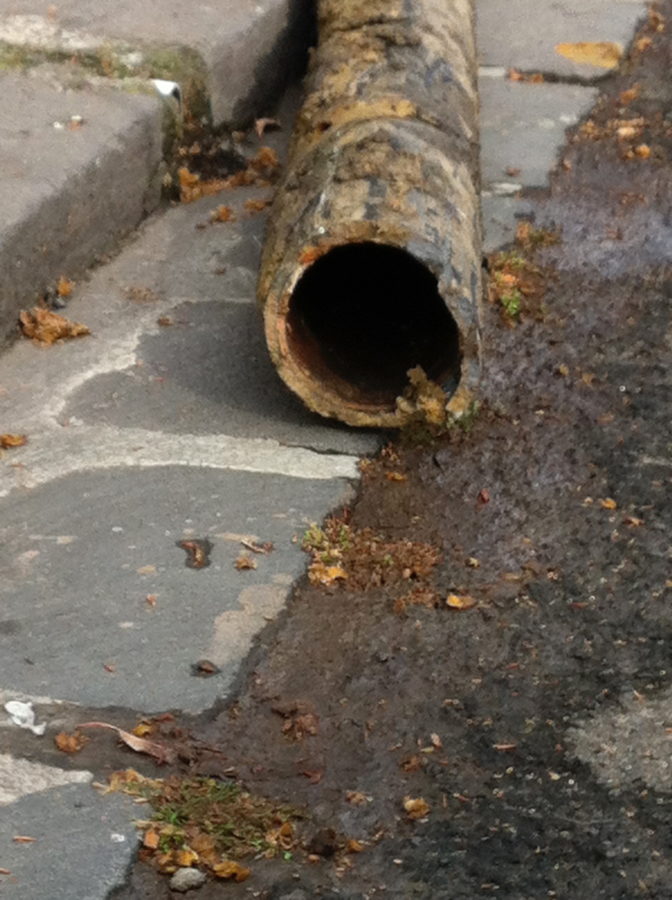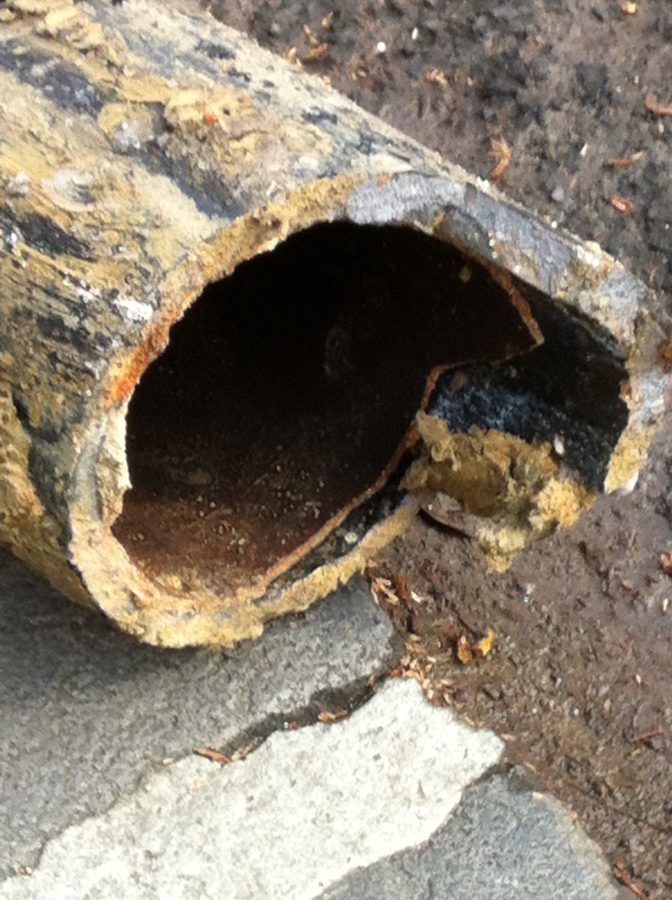Flooding – The Secondary Effects
Flooding is something we’ve recently experienced on a scale that really hasn’t been seen before.
I’m not a scientist or meteorologist, but experts say this is due to either or both La Niña and climate change.
Flooding – the Primary Effects
Primarily, flooding is going to result in mould issues. Mould is a moisture issue and with the abundance of moisture (rain, on the ground and the high levels of relative humidity), we’re seeing a perfect storm brewing for mould and microbial activity.
The focus of today’s post is the secondary effects.
So, I’ll leave the topic of mould here, with the following pointers:
- Anything that’s been wet for more than 48 hours can create the opportunity for mould and microbial activity
- Porous materials that have been wet, need to be replaced
- Semi- and non-porous materials can be saved, but need to be addressed by the appropriate professionals (those who’ve trained with IICRC and have achieved the Mould Remediation accreditation)
If you want to learn more about dealing with mould, I have a course by that very name – you can check it out here.
As well, we need to keep asbestos, lead and pesticides top of mind – and use PPE where appropriate.
The Secondary Effects of Flooding
Secondary effects are those that come after the immediate cause >> effect. For these, we’ll start more broadly and then narrow it down to our homes and buildings.
Landslides
With all the moisture in the soil, it is possible to have landslides.
Local councils (in Australia) apply different overlays to areas – check with yours to see if you have a landslide overlay on your property.
Falling Trees and Branches
All that water in the soil can loosen tree roots and result in them falling.
As well, the flooding may have killed some trees, and as a result, the trees or their branches can fall.
Obviously, this can result in damage to property or people and animals.
Mosquitoes
Mosquitoes (or “mossies” as we call them here in Australia) are able to carry diseases.
Apart from that, if you’re like me, you get huge red welts from any bites! (Personal experience has taught me not to scratch!)
It is best not to get bitten – so keeping them out is preferred. Here are some ideas to help with that.
- This is as simple as installing fly screens over windows and doors
- Mossie zappers can be useful (installed, hanging or even the “table tennis” racquet style [which you can get from camping stores])
- If you choose to apply mossie repellents to your skin, choose a natural one, if you can
- You can check out www.ChemFreeCom.com for some safer, local options
- www.EWG.org will also list options, however, I’ve found that these are often not available in Australia (and I don’t recommend purchasing these types of items online from overseas as they may not meet our safety standards)
- I’m going to bring back my essential oil based Bug Repellent (contact me if you’re interested)
- If you opt for a non-natural option, apply an oil-based moisturiser on your skin first, so the repellent sits on the surface of your skin (and is also easier to wash of)
- Another way to use the non-natural option is to spray it onto clothing, instead of your skin
- DIY – make your own with essential oils, such as tea tree, rosemary, eucalyptus blue mallee, and lavender. You can mix them up in water and spray them on your clothes/skin and reapply every 2-3 hours

Termites
We can expect some pretty big issues with termites with the high levels of moisture.
According to Professor Dieter Hochuli, Integrative Ecology Group at the University of Sydney,
“It’s going to be a massive year for termites as the high levels of soil moisture are ideal for them to burrow and flourish” (ABC News, 31 Oct 22).
A bit like house dust mites, termites thrive in moist conditions.
Termites are attracted by the moisture then go in search of food – wood.
Here are some things to do.
- Clear away wood (fallen branches, sleepers, wood piles) from around your home and property
- Keep things as dry as you can
- Be vigilant – keep an eye on your building, including the subfloor. If you’ve got termite caps at the top of your stumps, then you should be able to spot their activity easily.
- Have your home inspected
- Termite traps can be useful around your property, too
Cockroaches and Rodents
Cockroaches and rodents (rats and mice), as well as other pests are likely to increase, particularly as the weather warms up.
Some actions that you can take are:
- Installing fly screens on windows and doors
- Keep your home clean
- Clean up food scraps and mess
- Ensure your bins close properly
- If you’ve got a compost bin, keep it away from the home
- If you’ve got chooks, look into getting a feeder that doesn’t spill their food around
- Keep pet food (and your own) in sealed containers

Other Steps You Can Take To Reduce the Secondary (and Tertiary) Effects of Flooding
- Keep an eye on the relative humidity levels – these should be between 40-60%. A hygrometer is handy for this.
- Use a dehumidifier to reduce the humidity levels.
- Clean up any spills, leaks or water (or other forms of moisture).
- Oregano and Thyme essential oils can be helpful in killing mould as you clean.
- Keep your home clean from food (cockroaches and rodents love this) and dust (house dust mites love this).
- Ventilate your home as much as possible – open doors and windows to exchange the air.
- Read more –
There are many after effects of flooding – apart from the obvious ones. And these secondary effects can also be devastating. Please give these tips a go to protect your health, and that of your home.
Stay safe!
Have you been bamboozled by all the information (and misinformation) about mould?
This Creating a Healthy Home Guide exposes 3 common myths about mould so that you can be empowered to deal with it effectively.
Download your FREE copy of Mould: Busting 3 Common Myths here.





